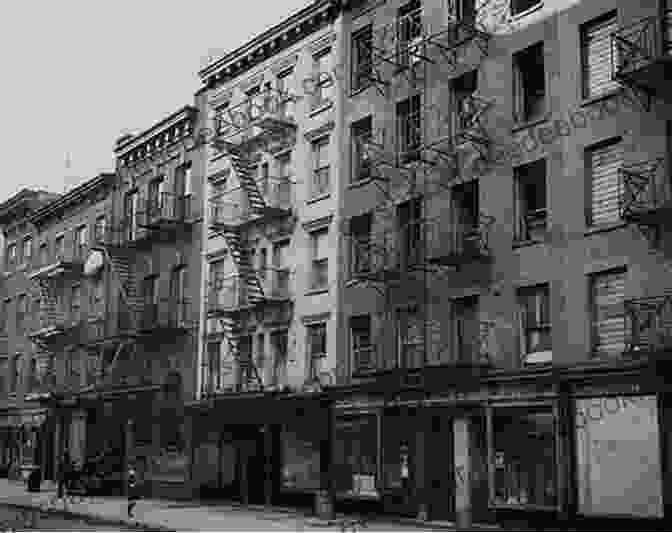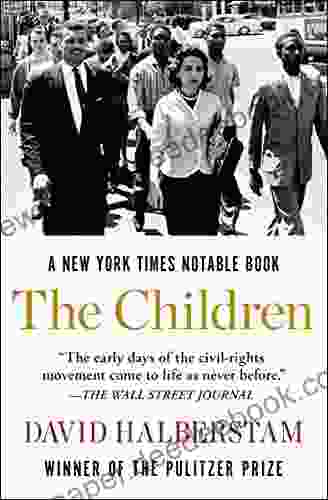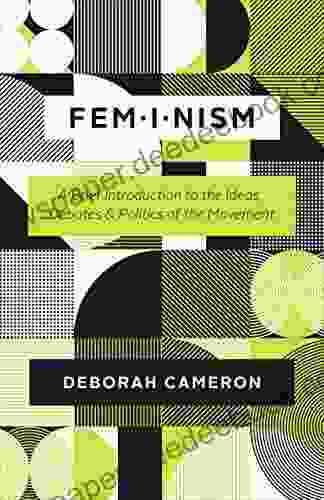Race and Reckoning in the Gilded Age: A Deep Dive into Systemic Oppression and the Seeds of Change


The Gilded Age, a period of rapid economic growth and social change in the United States from about 1870 to 1900, was also a time of heightened racial tensions and profound reckoning. While the era witnessed significant advancements in industry, technology, and wealth, it was also marked by the persistence of systemic oppression against African Americans and other marginalized groups. This article delves into the complexities of race and reckoning in the Gilded Age, shedding light on the pervasive inequalities that shaped society and the nascent seeds of change that emerged during this transformative era.
4.2 out of 5
| Language | : | English |
| File size | : | 17465 KB |
| Text-to-Speech | : | Enabled |
| Screen Reader | : | Supported |
| Enhanced typesetting | : | Enabled |
| Word Wise | : | Enabled |
| Print length | : | 274 pages |
Pervasive Systemic Oppression
The Gilded Age was characterized by widespread discrimination against African Americans, who faced barriers in every aspect of life. They were denied basic civil rights, including the right to vote and hold office, and were subjected to segregation in housing, education, and public accommodations. Economic opportunities for African Americans were severely limited, and they were often relegated to low-paying jobs with little chance of advancement.
The legal system was complicit in perpetuating racial inequality. The Supreme Court's infamous 1896 Plessy v. Ferguson ruling legalized segregation, establishing the doctrine of "separate but equal." This ruling provided a legal justification for the pervasive Jim Crow system, which enforced racial separation and discrimination in the South.
The rise of the Ku Klux Klan during this period further terrorized African American communities. The KKK, a white supremacist organization, engaged in acts of violence, intimidation, and economic coercion to maintain white dominance.
The Seeds of Change
Despite the oppressive climate, the Gilded Age witnessed the emergence of resistance and the seeds of change. African Americans fought back against discrimination and segregation through legal challenges, boycotts, and armed self-defense. The civil rights movement, which gained momentum in the early 20th century, began to challenge the Jim Crow system and advocate for equal rights.
Educational institutions played a vital role in shaping racial attitudes. Historically Black colleges and universities, such as Howard University and Fisk University, provided opportunities for African Americans to pursue higher education and develop leadership skills. White colleges and universities also began to admit African American students, albeit in small numbers.
The growth of the labor movement provided another platform for African Americans to organize and fight for their rights. Unions, such as the American Federation of Labor, began to include African American workers, recognizing the importance of solidarity in the struggle for economic justice.
The Complexities of Race and Class
While racial inequality was a defining characteristic of the Gilded Age, class also played a significant role in shaping social dynamics. The period witnessed the emergence of a wealthy elite who amassed immense fortunes through industrialization and speculation. This elite often held racist views and sought to maintain their power and privilege by exploiting racial divisions.
However, not all members of the white working class were complicit in racism. Some working-class whites formed alliances with African Americans in the fight for economic justice and against the exploitation of the working class by wealthy industrialists.
Legacy and Impact
The Gilded Age left a lasting legacy of racial inequality and discrimination that continued to shape American society well into the 20th century. The Jim Crow system remained entrenched in the South, and African Americans faced ongoing barriers in education, employment, and housing. The seeds of change sown during this period, however, would eventually bear fruit in the Civil Rights Movement and the broader struggle for racial justice.
The Gilded Age was a complex and contradictory period in American history, marked by both rapid economic progress and profound racial inequality. Systemic oppression against African Americans was pervasive, but the era also witnessed the emergence of resistance and the seeds of change. The struggle for racial justice continues to this day, but the lessons learned from the Gilded Age provide a valuable reminder of the importance of fighting against oppression and working towards a more just and equitable society.
4.2 out of 5
| Language | : | English |
| File size | : | 17465 KB |
| Text-to-Speech | : | Enabled |
| Screen Reader | : | Supported |
| Enhanced typesetting | : | Enabled |
| Word Wise | : | Enabled |
| Print length | : | 274 pages |
Do you want to contribute by writing guest posts on this blog?
Please contact us and send us a resume of previous articles that you have written.
 Novel
Novel Page
Page Story
Story Library
Library Magazine
Magazine Paragraph
Paragraph Sentence
Sentence Bookmark
Bookmark Shelf
Shelf Glossary
Glossary Preface
Preface Annotation
Annotation Manuscript
Manuscript Codex
Codex Tome
Tome Bestseller
Bestseller Classics
Classics Library card
Library card Narrative
Narrative Biography
Biography Memoir
Memoir Reference
Reference Character
Character Librarian
Librarian Card Catalog
Card Catalog Stacks
Stacks Archives
Archives Periodicals
Periodicals Research
Research Scholarly
Scholarly Reserve
Reserve Rare Books
Rare Books Special Collections
Special Collections Literacy
Literacy Dissertation
Dissertation Awards
Awards Reading List
Reading List Book Club
Book Club Theory
Theory Textbooks
Textbooks Kris Butler
Kris Butler Tom Mclaughlin
Tom Mclaughlin Rachel Grant
Rachel Grant Vikas Mittal
Vikas Mittal Misty Dais
Misty Dais Richard D Kahlenberg
Richard D Kahlenberg Melanie Gadd
Melanie Gadd Daniel Perret
Daniel Perret Chanchanit Martorell
Chanchanit Martorell Tarryn Fisher
Tarryn Fisher Tony Hall
Tony Hall Mandy Gonzalez
Mandy Gonzalez Karl Moore
Karl Moore Tania Griffith
Tania Griffith Kyle Palmer
Kyle Palmer Kimberly Thomas
Kimberly Thomas Milan W Svolik
Milan W Svolik Daniel C Esty
Daniel C Esty Molla Mills
Molla Mills Micah Nemerever
Micah Nemerever
Light bulbAdvertise smarter! Our strategic ad space ensures maximum exposure. Reserve your spot today!

 Manuel ButlerThe Children by David Halberstam: A Comprehensive Review with Long Tail SEO...
Manuel ButlerThe Children by David Halberstam: A Comprehensive Review with Long Tail SEO...
 Galen PowellExtinction: A Novel by Thomas Bernhard - A Masterpiece of Existential Angst...
Galen PowellExtinction: A Novel by Thomas Bernhard - A Masterpiece of Existential Angst... Allen ParkerFollow ·19.9k
Allen ParkerFollow ·19.9k Gilbert CoxFollow ·4.8k
Gilbert CoxFollow ·4.8k Hugo CoxFollow ·10.3k
Hugo CoxFollow ·10.3k Roberto BolañoFollow ·13.3k
Roberto BolañoFollow ·13.3k Steven HayesFollow ·15.4k
Steven HayesFollow ·15.4k Levi PowellFollow ·7.8k
Levi PowellFollow ·7.8k Bret MitchellFollow ·13.3k
Bret MitchellFollow ·13.3k Vince HayesFollow ·4.4k
Vince HayesFollow ·4.4k

 Elias Mitchell
Elias Mitchell50 Amazing Color Paintings Of Pierre Paul Prud'Hon French...
Pierre Paul Prud'Hon (1758-1823) was a French...

 Owen Simmons
Owen SimmonsAgenda 21: A Comprehensive Guide to Glenn Beck's Baseless...
Agenda 21 is a...

 Mark Twain
Mark TwainExploring the Intricate Art of Choreography: Craft,...
Choreography, an art form that combines...

 Robert Heinlein
Robert HeinleinWhere Do Hurricanes, Typhoons, and Cyclones Come From?
A 2nd Grade Science...

 Isaiah Price
Isaiah PriceThe Profound Place of Music in the Australian Aboriginal...
: Unveiling the Heartbeat...
4.2 out of 5
| Language | : | English |
| File size | : | 17465 KB |
| Text-to-Speech | : | Enabled |
| Screen Reader | : | Supported |
| Enhanced typesetting | : | Enabled |
| Word Wise | : | Enabled |
| Print length | : | 274 pages |








